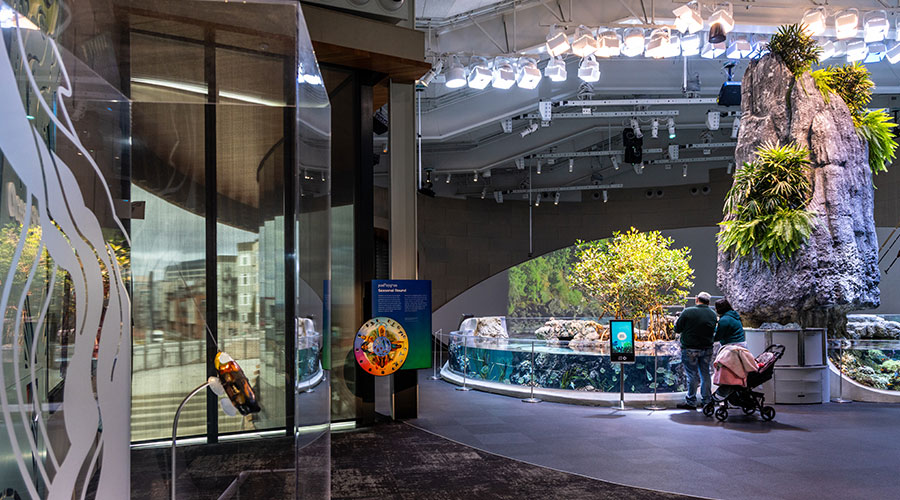Case For Capital Investment In Lighting Upgrades Rests On Showing Specific Benefits
The back-of-the-envelope calculation has gone the way of the wooly mammoth as a method for justifying facility equipment upgrades. Whether lighting or laminate flooring, facility managers must have a very good, well-thought-out, accurately calculated case for why a capital improvement is necessary. Because lighting is sometimes seen as a low-hanging fruit, it may be tempting to assume that if the simple payback based solely on energy savings is less than three years, it'll sail through approval. That would be a mistake. Facility managers should avail themselves of every possible opportunity to sweeten the deal when pitching their case, because a capital investment in lighting upgrades often rests on showing specific benefits.
And what's more, they should keep in mind the pitfalls of framing other arguments in less-than-certain ways. As Charles Goulding, president and founder of Energy Tax Savers, Inc. says, "CFOs only approve things that are certain." Facility managers can help make their case as rock-solid as possible with these tips on how to justify the return on investment for lighting upgrades.
1. Reduce energy, reduce energy demand. The energy savings calculation is likely simplest for a lighting upgrade — it's basically 8th-grade division, after all. But there are some peripheral issues that experts suggest facility managers keep in mind to make sure they not only get the energy return-on-investment calculation correct, but also improve the overall justification argument. One, says Lindsay Audin, president of EnergyWiz, Inc., is simply to have a firm understanding of your energy bill. Know your precise (as opposed to average) price per kilowatt-hour, as well as other peripheral charges the lighting upgrade might impact — including your demand charge. In fact, says Steve Mesh, lighting designer and principal of Lighting Education and Design, a reduction of the demand charge can be a huge justification for a lighting upgrade. "There are situations where the demand can represent half of your total energy bill," he says. "But you have to understand the difference between kilowatts and kilowatt-hours." According to Audin, understanding the difference is simple: Kilowatts (a measure of power) measures how fast a facility uses kilowatt-hours (a measure of energy). Including accurate kWh and demand calculations in an ROI justification argument is probably the most important part of the justification argument.
2. Reduce lighting levels. You may have heard urban legends about manufacturers or energy "experts" promising a 50 percent reduction in lighting energy, and then completing that goal by simply removing half the lamps. Well, there is a kernel of truth to that strategy — if it's actually done strategically. Mesh says that an important part of making the ROI argument is to perform a lighting audit to determine if lighting levels are still what is appropriate, or recommended by the Illuminating Engineering Society Handbook. If you're overlighting a space, a powerful justification argument for a lighting upgrade, then, is to show that not only are you reducing the energy per lamp, but you're also reducing the number of lamps required for the space. "You can really save a lot of energy by reconsidering lighting levels, especially combined with task lighting," says Mesh.
Related Topics:














